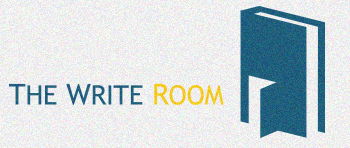

On Hyphens, en dashes, and em dashes
The
hyphen is often confused with
en dashes and
em dashes. Many of the writers we work with use the hyphen as en dashes and as em dashes. However, hyphens, en dashes, and em dashes are different punctuation marks.
The
hyphen is used to join two words into a single word (well-being). The use of hyphens to connect compound words is declining, and a good rule to go by is to only use a hyphen is the sentence would be confusing without it.
For example: I have three hundred year old trees in my yard. This is confusing. Do I have three trees that are hundred years old or do I have an unspecified number of three hundred year old trees? The hyphen helps clarify: I have three hundred-year old trees in my yard.
En dashes are a little longer than a hyphen. They are usually used to indicate ranges, and are easily replaced by the word to.
For example:
This facility is for children from 5-12 years old.
This flower blooms from June–September.
The en dash can also be used to connect compound adjectives in which one part consists of two words or a hyphenated word.
For example: The post–9-11 era
An
em dash is wider than the en dash. It replaces commas, semicolons, colons, and parentheses to indicate added emphasis or—like this—to set of a comment.
For example:
Pete—my sweeper boy—is awesome.
Never have I met a truly annoying person—until I met my husband.
I recommend using no spaces before or after
en or
em dashes.
 Tweet
Tweet

 Tweet
Tweet



